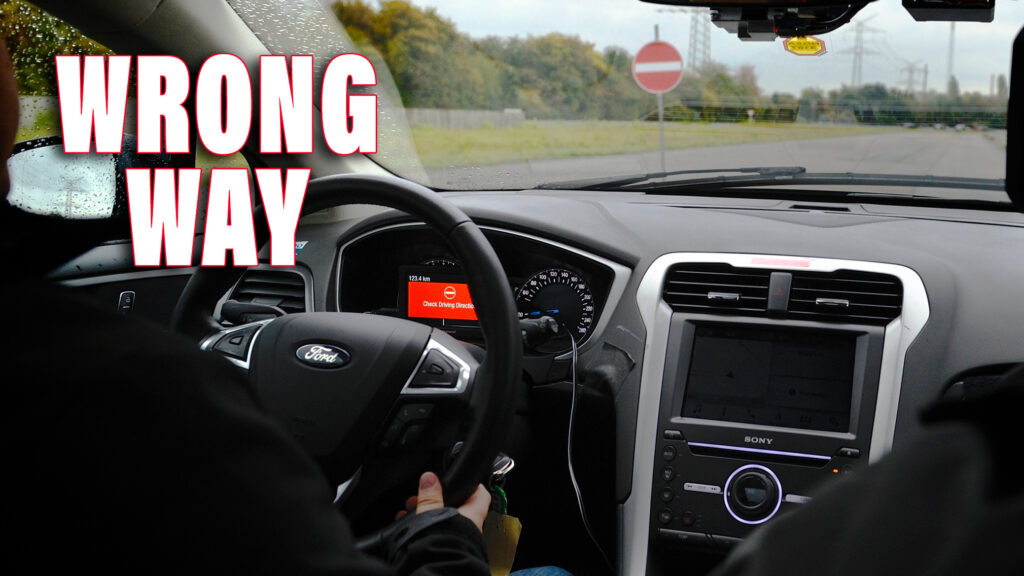Wrong way accidents are particularly violent, but new safety systems at off-ramps could help prevent them
March 5, 2023 at 08:35
 –>
–> 
by Sebastien Bell
–>
In 2022, nearly two dozen people lost their lives in Connecticut in accidents related to motorists driving the wrong way on the highway. That was a dramatic spike from years earlier, so the state’s regulators have started looking at solutions.
That led to a $20 million program to install cameras on “Wrong Way” signs posted at off-ramps that would trigger flashing lights warning drivers that they’re about to enter the highway going the wrong way, reports the Associated Press.
This type of deterrent is also being looked at by several other states across the country, such as Texas, Rhode Island, Kentucky, Arizona, and Massachusetts. Connecticut, though, is particularly incentivized to find solutions to the problem after state Representative Quentin Williams was killed last month in a wrong-way crash, while driving home from the governor’s inauguration ball.
Read: Reckless BMW Driver Crosses Into Opposite Lane And Crashes Head On Into MX-5
[embedded content]
A wrong way driver on the Mass Pike in Boston collided with one vehicle, then continued driving hitting several more cars before coming to a stop earlier this week
These types of accidents are relatively unusual, but they still result in 400 to 500 deaths per year, according to federal highway administrators. They are of particular concern, too, because they’re so violent.
advertisement scroll to continue
“When wrong-way driver crashes happen, they generally lead to fatalities,” said Massachusetts Highway Administrator Jonathan Gulliver. “They are some of the most deadly crashes we have, especially when they’re on the interstates, involving high speed.”
The flashing light systems are being considered because these kinds of crashes tend to happen at night and on weekends. At these times, impairment tends to be more prevalent, and there may be fewer cars on the road to give drivers cues about the flow of traffic before they’ve reached highway speeds. Normal signs may also be harder to read in the dark.
The flashing lights, then, are a signal to drivers that they should stop, and they appear to be working. In Massachusetts, which has these systems set up in just 10 locations, the alarms have been tripped 22 times in just a year, with many of the drivers self-correcting.
If the driver somehow doesn’t notice the flashing lights, though, the system can also be used to alert police, and utilize highway signs to warn drivers that a car is on the wrong side of the highway.
That has been enough to push Connecticut legislators to introduce several bills seeking to expand the use of these systems in coming years.
[embedded content]
 –>
–> 

